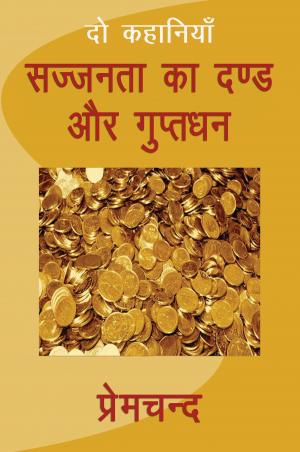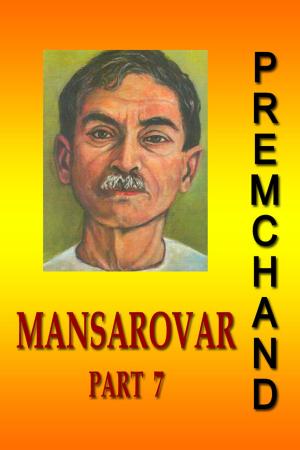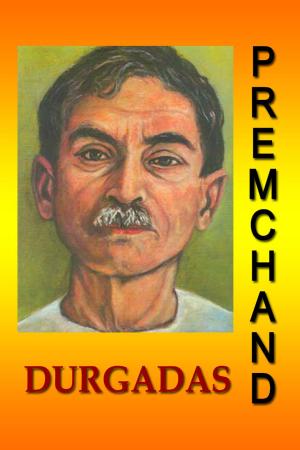| Author: | Vera Countess Serkoff | ISBN: | 9781300471851 |
| Publisher: | Sai ePublications | Publication: | December 30, 2016 |
| Imprint: | Sai ePublications | Language: | English |
| Author: | Vera Countess Serkoff |
| ISBN: | 9781300471851 |
| Publisher: | Sai ePublications |
| Publication: | December 30, 2016 |
| Imprint: | Sai ePublications |
| Language: | English |
When Primitive Man first ventured on the daring experiment of applying heat to his newly-slain prey, he would most naturally adopt the obvious plan of suspending it on three sticks over a fire. The result, though no doubt to a certain extent tasty, would be smoked, charred on one side, raw on the other, and this, coupled with the frequency of burned fingers gained while rescuing the meat from the fire into which it fell when the sticks burned through, caused Primitive Man—or, more probably, Primitive Woman—to evolve the method of cooking known to us to-day as Paper-bag Cookery.
Paper not having been discovered, the prehistoric cook could not use the bags now placed at our disposal, but a very fair substitute was always ready to hand in the shape of green leaves, in which the meat was carefully wrapped. A hole was dug in the ground, and partly filled with large stones, on the top of which a fire was kindled. When it had burned out, the stones would be almost red-hot, and the meat, wrapped in the green leaves, was laid in, some of the hot stones being raked over the parcel, and then the hole was filled in with earth, so that neither smoke nor steam could escape. In fifteen minutes or so, or as near that time as Primitive Man could restrain his hunger, the meat would be done to a turn, and the hungry family would break open their primitive cooking oven, and devour the delicious morsels.
From Darwin's Voyage of the Beagle we learn that the Tahitians cooked their food at that date (1835) in precisely the same way, and those of us who have revelled in childhood in Bill Biddon, The Trapper, and other Indian stories, must remember the delightful feasts described in those books, where the hunters and their friends gathered round the camp fire at night, and ate buffalo meat and wild prairie birds in the same fashion. How much more delicious to the childish mind than the commonplace roast mutton of nursery dinners. In spite of the condescending explanations given by our elders that it was only the hunger of the hunters that made such cookery palatable, the child still believes in the delights of such a meal—and the child is right!
There is no method of cooking by which the flavour is so well brought out, and the juices so well preserved, as by cooking in this way; that is, by hot air surrounding the food, which is thus cooked in its own juices, and by the steam so generated.
Paper-Bag Cookery is not a mere craze of the moment; for once its advantages have been discovered, it will become firmly rooted as one of the best and most economical means of preparing food ever invented. Why it should have fallen into abeyance among civilised nations (except in the cooking of one or two special dishes) for so many centuries is impossible to surmise.
When Primitive Man first ventured on the daring experiment of applying heat to his newly-slain prey, he would most naturally adopt the obvious plan of suspending it on three sticks over a fire. The result, though no doubt to a certain extent tasty, would be smoked, charred on one side, raw on the other, and this, coupled with the frequency of burned fingers gained while rescuing the meat from the fire into which it fell when the sticks burned through, caused Primitive Man—or, more probably, Primitive Woman—to evolve the method of cooking known to us to-day as Paper-bag Cookery.
Paper not having been discovered, the prehistoric cook could not use the bags now placed at our disposal, but a very fair substitute was always ready to hand in the shape of green leaves, in which the meat was carefully wrapped. A hole was dug in the ground, and partly filled with large stones, on the top of which a fire was kindled. When it had burned out, the stones would be almost red-hot, and the meat, wrapped in the green leaves, was laid in, some of the hot stones being raked over the parcel, and then the hole was filled in with earth, so that neither smoke nor steam could escape. In fifteen minutes or so, or as near that time as Primitive Man could restrain his hunger, the meat would be done to a turn, and the hungry family would break open their primitive cooking oven, and devour the delicious morsels.
From Darwin's Voyage of the Beagle we learn that the Tahitians cooked their food at that date (1835) in precisely the same way, and those of us who have revelled in childhood in Bill Biddon, The Trapper, and other Indian stories, must remember the delightful feasts described in those books, where the hunters and their friends gathered round the camp fire at night, and ate buffalo meat and wild prairie birds in the same fashion. How much more delicious to the childish mind than the commonplace roast mutton of nursery dinners. In spite of the condescending explanations given by our elders that it was only the hunger of the hunters that made such cookery palatable, the child still believes in the delights of such a meal—and the child is right!
There is no method of cooking by which the flavour is so well brought out, and the juices so well preserved, as by cooking in this way; that is, by hot air surrounding the food, which is thus cooked in its own juices, and by the steam so generated.
Paper-Bag Cookery is not a mere craze of the moment; for once its advantages have been discovered, it will become firmly rooted as one of the best and most economical means of preparing food ever invented. Why it should have fallen into abeyance among civilised nations (except in the cooking of one or two special dishes) for so many centuries is impossible to surmise.















